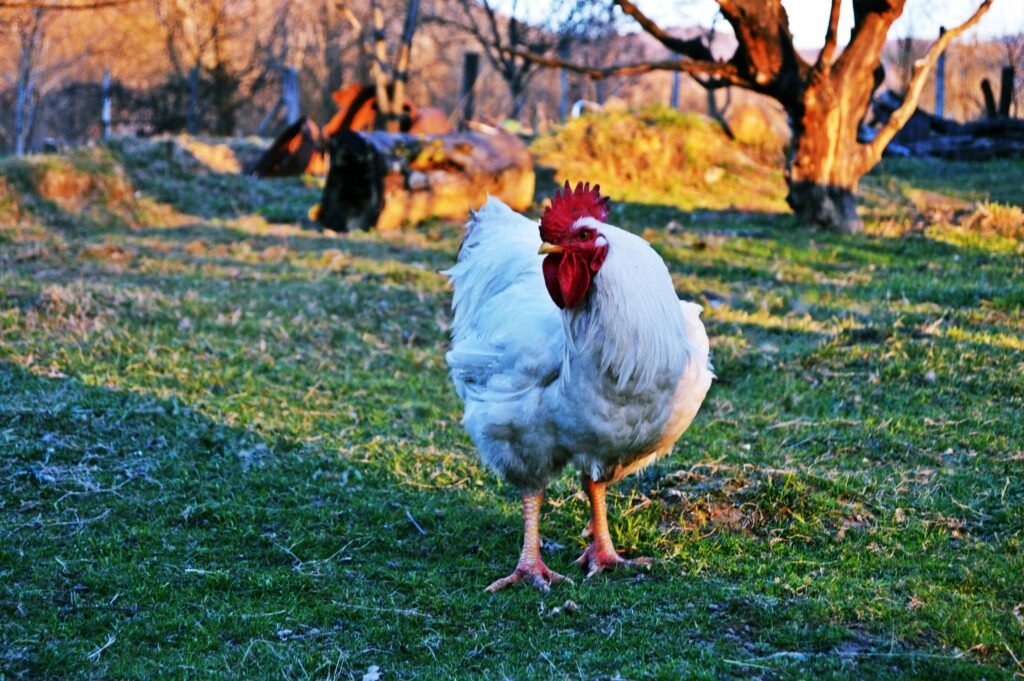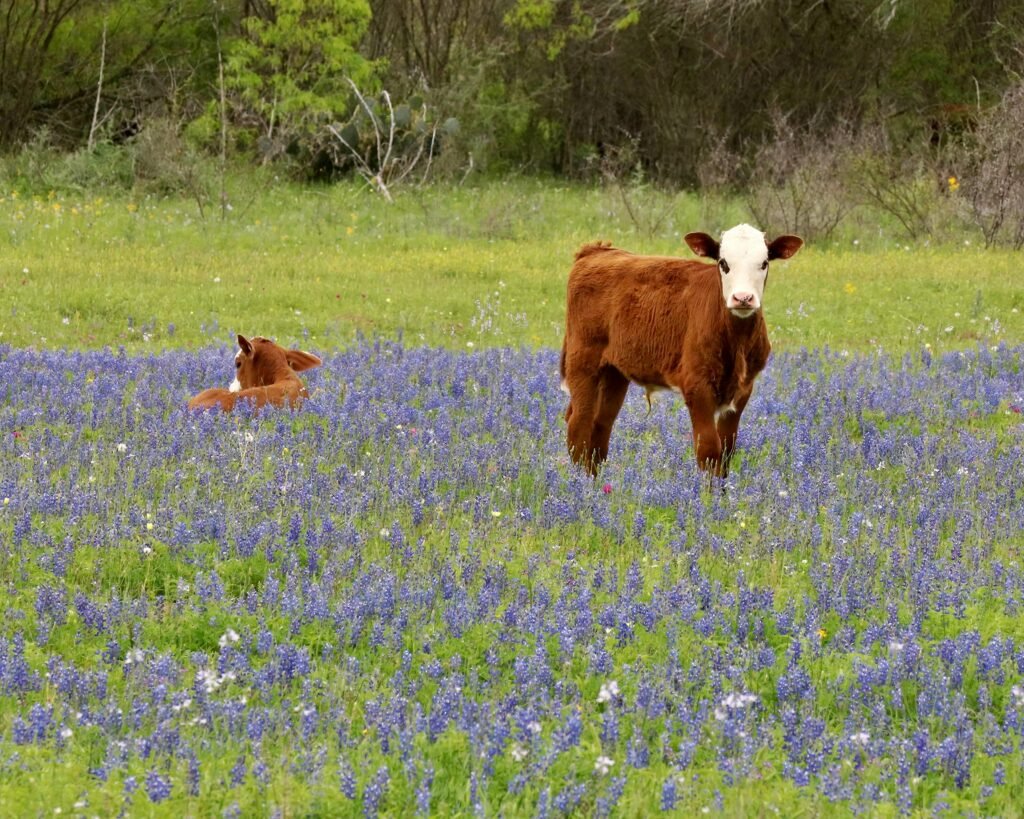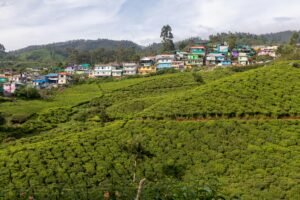Introduction
Dairy farms stand as enduring symbols of agricultural tradition and vital contributors to global food security. From the idyllic countryside pastures to modern industrial operations, dairy farms play a crucial role in supplying nutritious dairy products while supporting rural economies. This article delves into the multifaceted world of dairy farming, exploring its methods, challenges, and significance in today’s society.
The Basics of Dairy Farming

At its core, dairy farming involves the production of milk and other dairy products from cows, although goats, sheep, and even buffalo are also sources in some regions. The process begins with the careful breeding and management of dairy cattle, ensuring optimal health and productivity. Modern dairy farms employ advanced techniques in nutrition, breeding, and veterinary care to enhance milk production and animal welfare.
Milking and Production
Milking, traditionally done by hand, has evolved into mechanized processes like milking parlors and robotic milking systems. These advancements streamline the milking process, ensuring efficiency while minimizing stress on the animals. Dairy cows are typically milked multiple times a day to maximize production, with each cow yielding anywhere from 6,000 to 12,000 liters of milk annually, depending on breed and management practices.
Environmental Considerations
Sustainable dairy farming practices are increasingly crucial as awareness of environmental impact grows. Farms implement strategies such as nutrient management plans, which optimize fertilizer use and reduce runoff, thus protecting water quality. Some dairy operations utilize methane digesters to convert manure into biogas, reducing greenhouse gas emissions and providing renewable energy.
Challenges in Dairy Farming
Dairy farming faces several challenges, including fluctuating milk prices, rising production costs, and animal health concerns. Farmers must navigate these variables while maintaining profitability and sustainability. Additionally, issues such as animal welfare, antibiotic use, and the public perception of farming practices pose ongoing challenges that the industry continually addresses through education and innovation.
Community and Economic Impact

Beyond its agricultural role, dairy farming significantly contributes to local economies. Dairy farms provide employment, support agricultural supply industries, and contribute to rural development. Moreover, dairy products serve as dietary staples worldwide, supplying essential nutrients like calcium, protein, and vitamins that support human health.
Technological Advancements
Technology plays a pivotal role in modern dairy farming, enhancing productivity and sustainability. Automated systems monitor cow health and milk quality, while precision agriculture techniques optimize feed efficiency and resource use. Advances in genetics and breeding contribute to healthier, more productive dairy cattle, furthering the industry’s ability to meet growing global demand for dairy products.
Future Directions

Looking ahead, dairy farming will continue to evolve in response to technological advancements, consumer preferences, and environmental stewardship goals. Innovations in sustainable farming practices, animal welfare standards, and product diversification are expected to shape the industry’s future landscape.
Conclusion
Dairy farms are not just sources of milk; they represent a centuries-old tradition of agriculture and a vital link in the global food supply chain. From family-owned operations to large-scale enterprises, dairy farming embodies resilience, innovation, and commitment to sustainability. As challenges persist and opportunities emerge, dairy farmers remain dedicated to nourishing communities and preserving agricultural heritage for generations to come.














